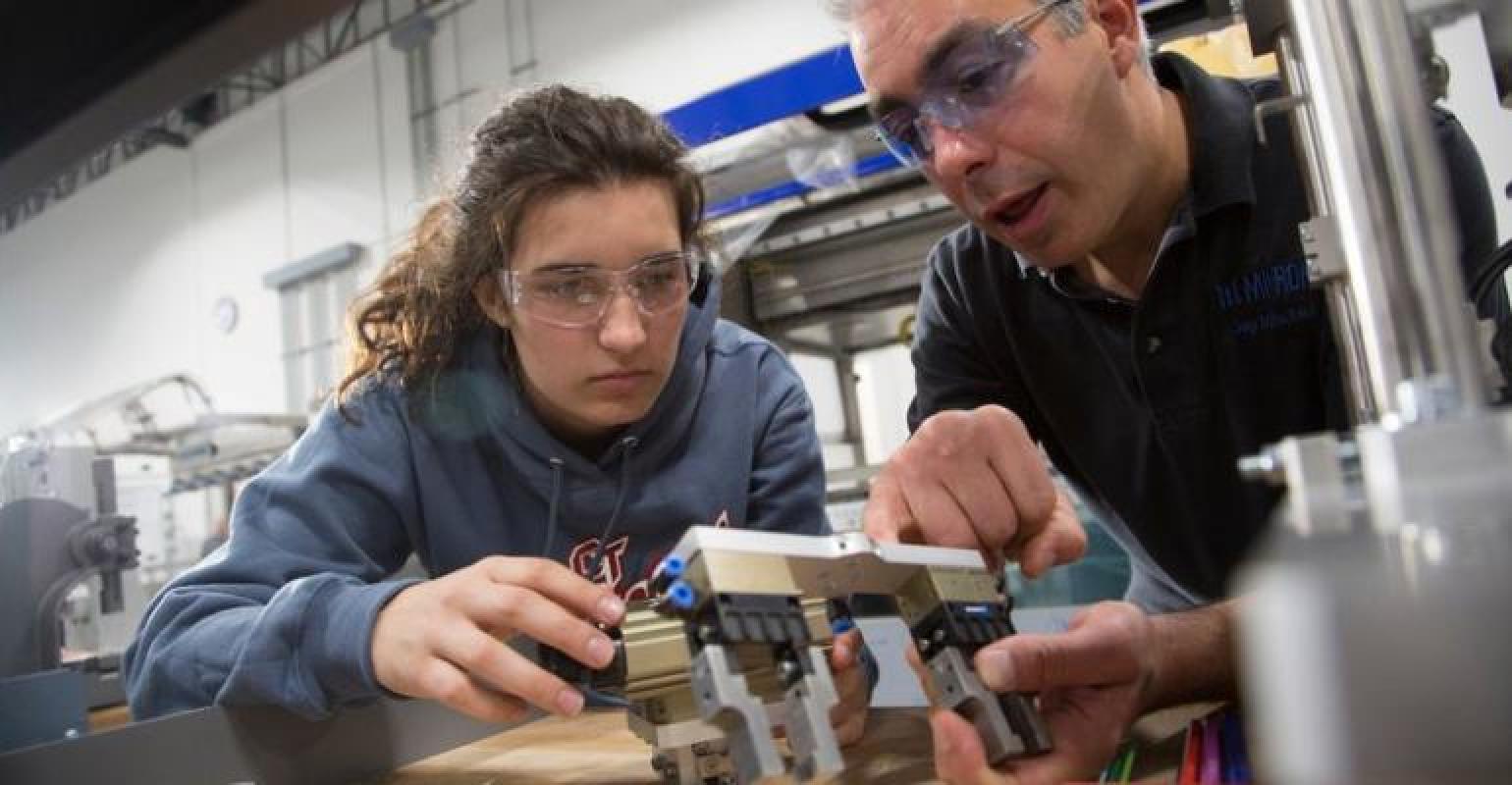08 Jul 2019
The Talent Pool: Humans and Robots Keep One Another Afloat

The backbone of the US economy is the manufacturing industry, which has significantly evolved in its use of technology to handle jobs originally managed by people. For example, Artificial Intelligence (AI) initially handled the heavy duty lifting in manufacturing that humans could not do, and now it can also handle physiological as well as repetitive intellectual duties. AI is useful in performing the daily redundant tasks like filling in details, assembling, customizing, monitoring the production levels and doing quality controls. So where does that leave the human workforce and its role in manufacturing?
Humans are needed more than ever in manufacturing, but their role has changed to a more technical, or highly-skilled one. Creativity and innovation are just some of the qualities AI can not perform that companies are seeking in human talent, especially those looking for a competitive edge. Innovative ideas are the best way of ensuring a company has new products in the market to promote the continuity of the company. New ideas need nurturing, testing and redesigning before they become new products ready for the market.
In recognition of this decades-long deficit in skilled personnel in the manufacturing industry, The US Department of Labor recently (June 2019) announced that it will award millions in grants and the promotion of apprenticeships so that manufacturers can attract and train future workers.
Locally, communities and state economic departments offer other incentives to improve upon its talent sources. Georgia has an internationally-acclaimed workforce training program called Quick Start, which provides customized training free-of-charge to qualified new, expanding and existing businesses. Quick Start is part of the Economic Development division of the Technical College System of Georgia, meaning the economic development offices at each technical college work everyday to make sure their local companies have the customized, contract training they need to keep their workforces’ skills up-to-date and cutting edge.
The human workforce is an integral part of any industry, and more companies are seeking to harness the full potential of employees. While a building or parcel of land may entice a company to investigate the site further, it will be looking to the community, the existing and future workforce, and available training programs and incentives that will give them a leg up. The reality is that AI is excellent in improving productivity, but humans are essential for continuity.
Photo credit: Industry Week
